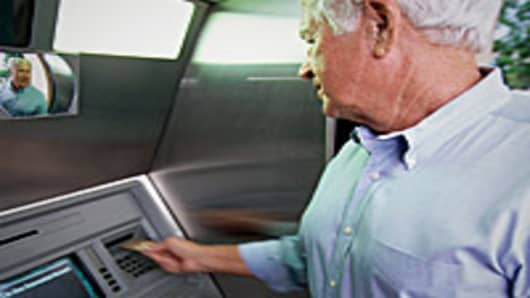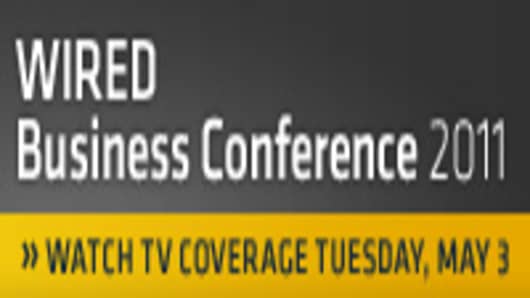You never see disruption coming. Often you don't even realize when you're in the middle of it.
The banking crisis of the last few years has certainly changed the way people think about their money, but even before that things were starting to change. Some people believe at this point conditions are ripe for a full-scale paradigm shift in the way consumers spend and save money.
It's a movement that venture capitalists are watching.
"I think there's more potential for this to happen" [than there was a year ago], says Amy Errett, a partner with the venture capital and private quity firm Maveron LLC.
"It's primarily driven by consumer skepticism about their financial institutions and whether those institutions have their best interest at heart. Couple that with people's propensity to do things online and I think there's more evidence that the disruption is coming."
The biggest changes today are happening in the spending space. Sites like Groupon and its growing list of clones are quickly evolving how people learn about new services, as discounts of 50 percent to 90 percent prove too alluring to resist.
While there's nothing new about people jumping on deals, what's different this time is the social integration. People aren't hording deals, they're sharing them with the world at large via Facebook and Twitter. That, in turn, is helping those companies grow at a rapid pace. Groupon, for example, is reportedly on track to make $1 billion in sales faster than any company in history.
Even the way people are shopping is changing. Credit card usage has been on the decline for two years except for a slight increase in December, according to the Federal Reserve. Instead, debit cards are becoming a more preferred way of paying via plastic.
That's due in part to people not wanting to be trapped in a hole should the economy falter again. But as consumers become savvier, they're also growing tired of the increasing annual fees that come with most credit cards.
That's bad news for traditional financial institutions, which depend on those fees and interest on unpaid balances to help cover the overhead for brick and mortar locations and other infrastructure expenses.
Of course, brick and mortar is growing less important in the banking world today. Bank of America announced at an investor conference earlier this year that it may shut down 10 percent of its 5,800 branches in the coming years as the focus shifts to online transactions.
As they continue to recover from the 2008 economic crisis, today's banks are focused more on short-term survival than preparing for disruptive changes to the market. That, says Errett, opens the door for a seismic shift — though no obvious candidates have emerged yet.
"I'm seeing lots of interesting things, but nothing I can point to yet and say 'that's it'," she says.
For investors hoping to capitalize on this shift, there's substantial risk. The key, says Errett, is to be able to identify big ideas early on and be prepared for any investment you make to be a long-term one.
The size of the potential market is certainly there, and product innovation is starting to gain traction. The critical ingredient, she says, is the right management team — one that knows how to navigate the slew of regulations but also possesses the technical flexibility to create something new.
"The consumer finance startup areais more active than I've seen it in the last 10 years," she says. "I think the key is finding ideas that resonate with consumers early, then investing in the cycle before the real growth really happens."
Look for special coverage of the Wired Business Conference, Tuesday, May 3, on "Power Lunch" at 1pm ET on CNBC. Michelle Caruso-Cabrera will report from the event and will speak with key participants, including some of the tech world's most-watched leaders.



